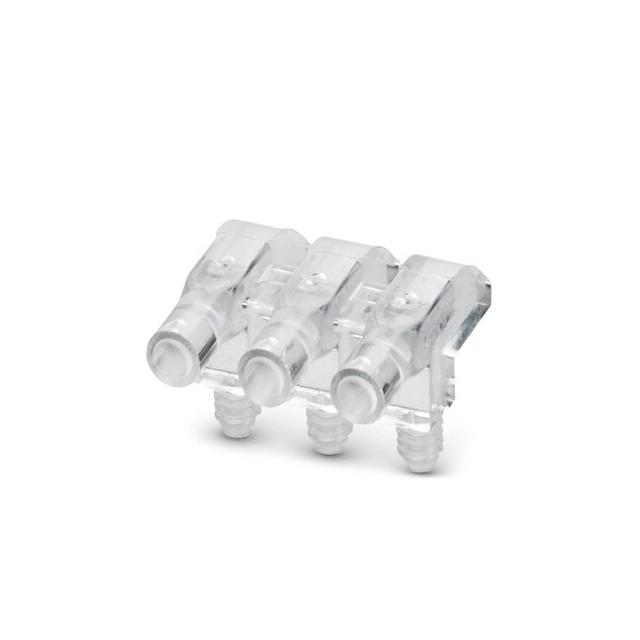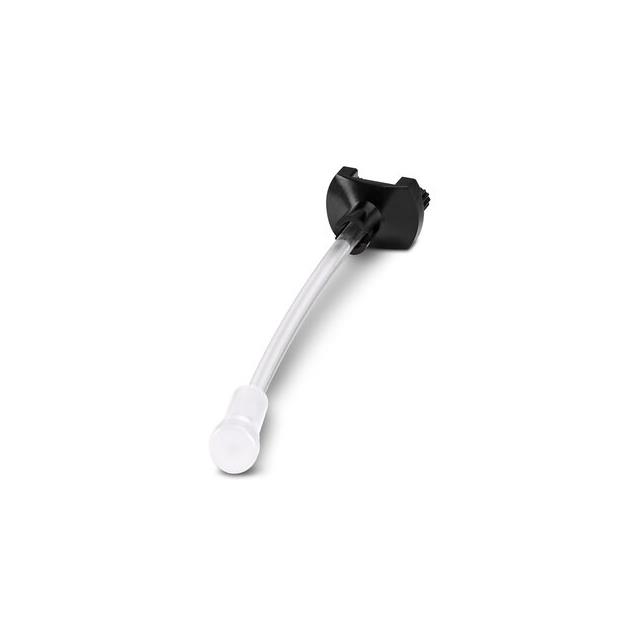Home > Optoelectronics > LED Lighting >
LED Lighting Mechanical
ALL Electronic Components
Result: 3
LED Lighting Mechanical refers to the mechanical components and structures associated with the design, construction, and functionality of LED lighting systems. These elements are crucial for ensuring the durability, efficiency, and aesthetic appeal of LED luminaires. Key aspects of LED Lighting Mechanical include:
Housings and Enclosures: The outer shell or housing of an LED luminaire serves both protective and aesthetic purposes. It shields internal components from environmental factors, such as dust and moisture, and contributes to the luminaire's overall design and appearance.
Heat Sinks: Effective thermal management is essential for LEDs to maintain optimal performance and longevity. Heat sinks, typically made of aluminum or other heat-conductive materials, dissipate heat generated during LED operation, preventing overheating and ensuring stable performance.
Mounting Structures: LED fixtures require secure mounting to various surfaces, such as ceilings, walls, or poles. Mechanical components for mounting provide stability and ensure proper positioning of the luminaires for optimal light distribution.
Optical Lenses and Diffusers: These components influence the distribution and characteristics of light emitted by LEDs. Optical lenses focus or disperse light, while diffusers scatter light to create even illumination. The mechanical design of these elements impacts the efficiency and aesthetics of the lighting system.
Adjustable Mechanisms: Certain LED luminaires, especially in architectural or task lighting applications, incorporate adjustable components. Mechanical features like swivels, hinges, or articulated arms allow users to customize the direction and focus of the light.
Connectors and Wiring: The mechanical aspects of connectors and wiring play a critical role in ensuring electrical connectivity within the luminaire. Well-designed connectors and wiring contribute to the reliability and safety of the overall LED lighting system.
Seals and Gaskets: Outdoor LED luminaires require effective sealing against environmental elements. Seals and gaskets, usually made of rubber or other weather-resistant materials, provide a barrier against water, dust, and other external factors.
Luminaire Poles and Supports: For outdoor and street lighting applications, mechanical components such as poles and supports are essential. These structures provide the framework for mounting and positioning luminaires in outdoor environments.
Mechanical Fasteners: Bolts, screws, and other fasteners are integral to the assembly of LED luminaires. Properly designed fastening mechanisms ensure structural integrity and ease of maintenance during the luminaire's lifecycle.
Adjustment Mechanisms: In fixtures where precise aiming or positioning of the light is necessary, mechanical adjustment mechanisms, such as knobs or levers, enable users to fine-tune the orientation of the luminaire.




